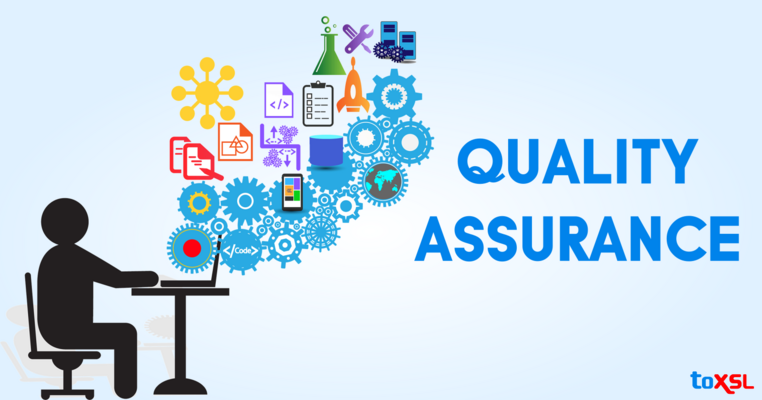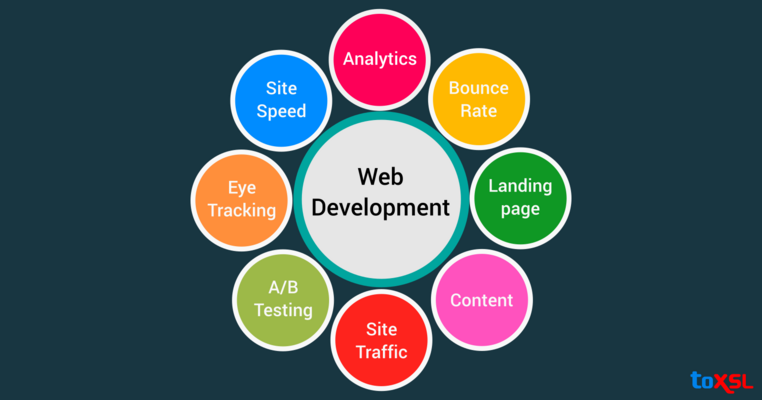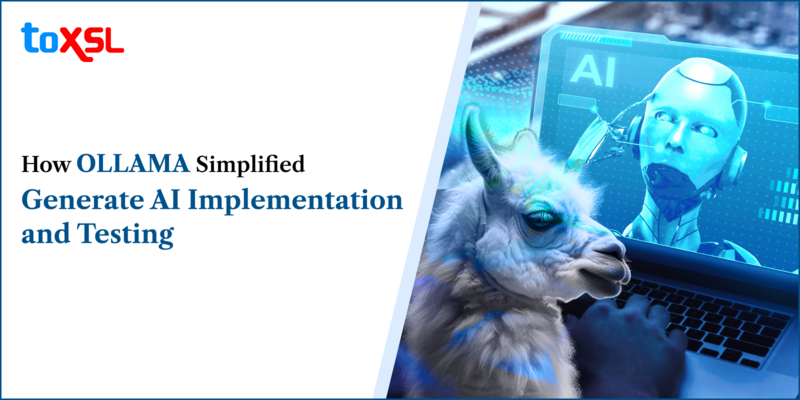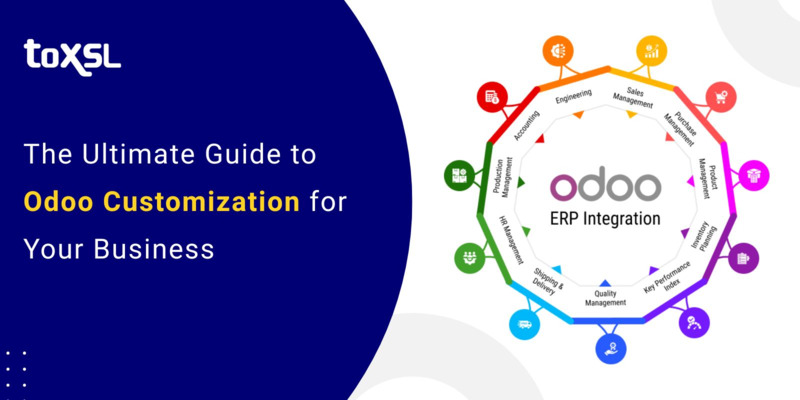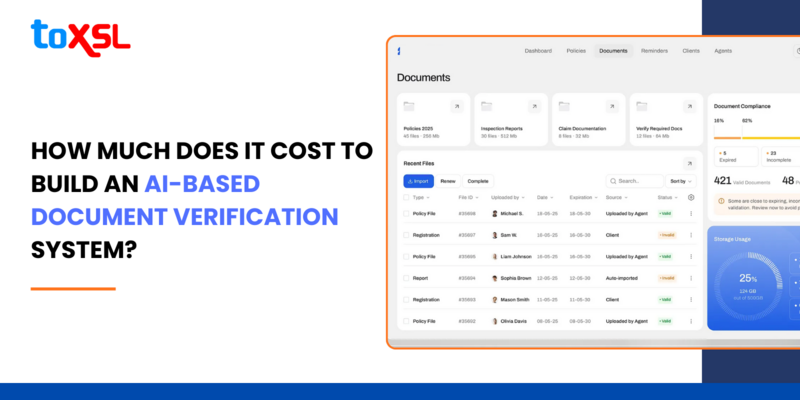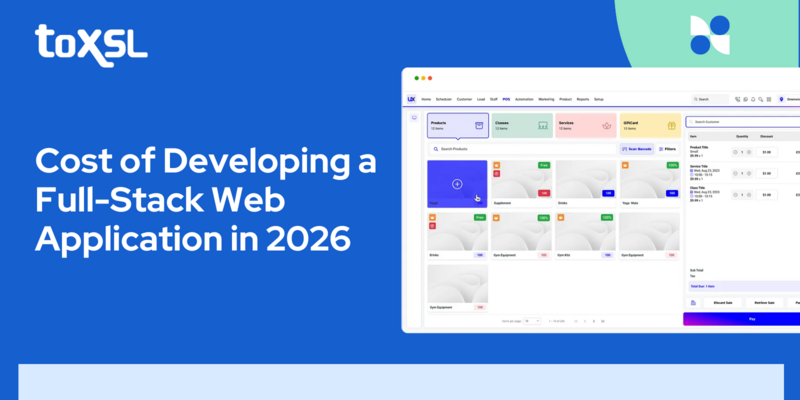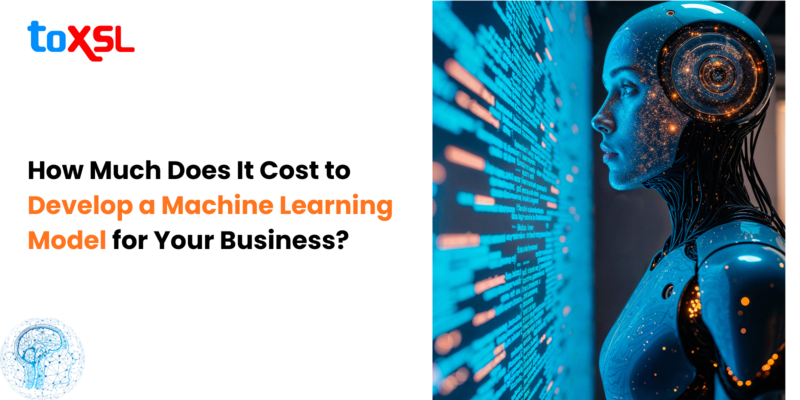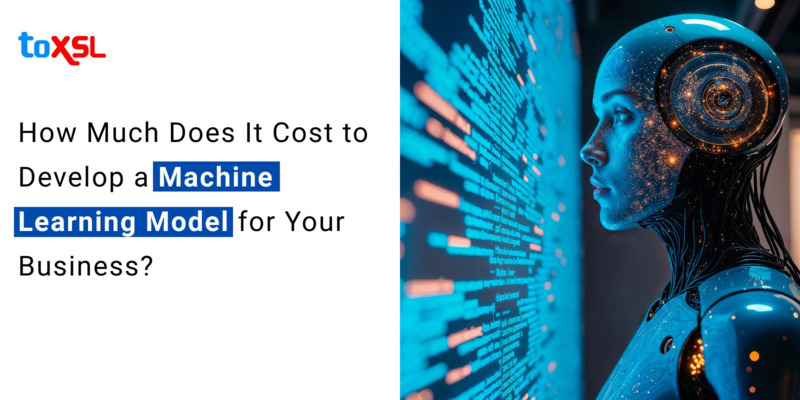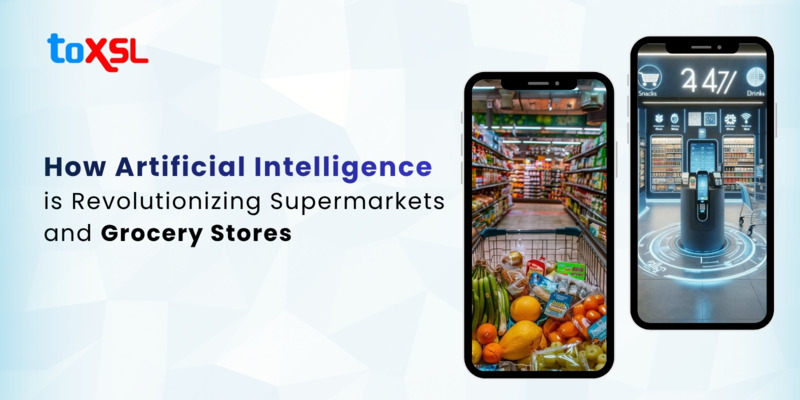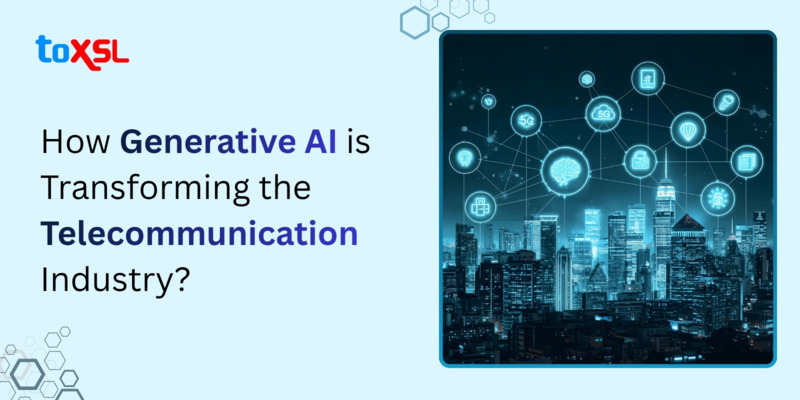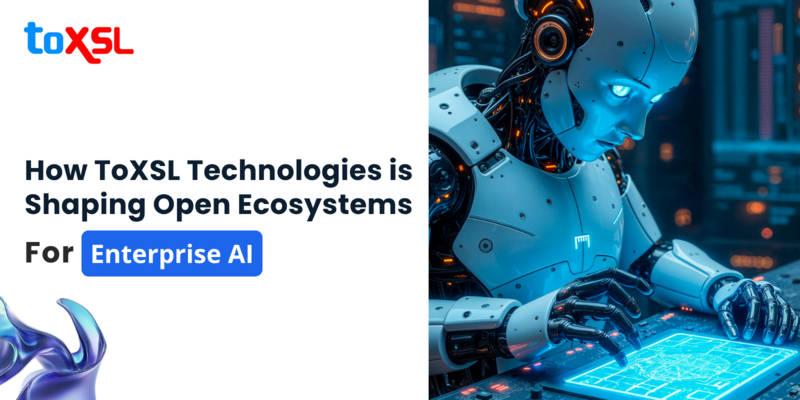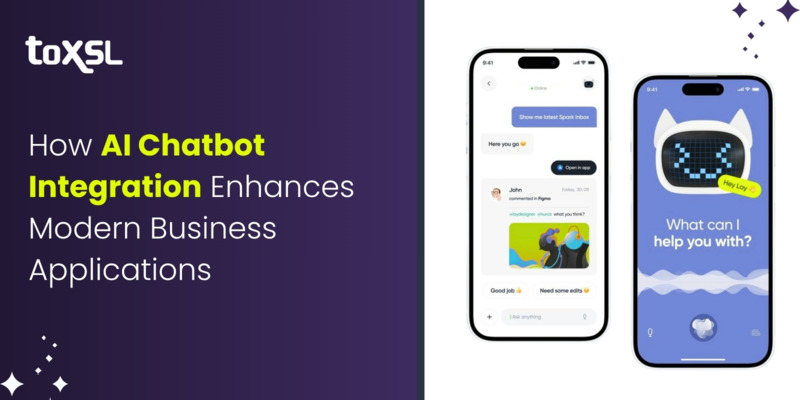- Apr 07, 2025
Share this post on:

Meta's recent launch of Llama 3.3 marks a significant milestone in the evolution of large language models (LLMs). This open-source model underscores Meta's dedication to nurturing an accessible AI ecosystem. The model offers performance similar to the larger Llama 3.1, but with significantly reduced computational requirements.
This development is particularly noteworthy as it enhances accessibility to high-quality AI for developers who may lack access to costly hardware. Llama 3.3 is specifically designed for text-based applications, including multilingual chat, coding assistance, and synthetic data generation, focusing exclusively on text inputs and outputs without support for images or audio.
Key Takeaways:
Llama 3.3 offers powerful language capabilities with 70 billion parameters and enhanced multimodal integration.
It features improved query handling, coding assistance, and safety features.
The model excels in industries like healthcare, finance, education, and tourism.
What is Llama 3.3?
Llama 3.3 is the latest iteration in Meta's series of large language models (LLMs), boasting an impressive 70 billion parameters. This model is designed to excel not only in traditional text-based tasks but also in multimodal applications that require an understanding of both language and visual data. With its advanced capabilities, Llama 3.3 represents a significant leap forward in the field of artificial intelligence.
Also Read:Using latest Meta AI model Llama 3 with Ollama
Key Features of Llama 3.3
1. Generalized Query Attention (GQA): One of the standout features of Llama 3.3 is GQA, which significantly improves the model's reasoning and query handling abilities. This enhancement allows the model to process complex queries more effectively, making it suitable for applications requiring high levels of comprehension and context awareness.
2. Improved Instruction Following: Llama 3.3 has been fine-tuned to follow instructions more accurately, making it a reliable choice for developers looking to create applications that require precise responses based on user input.
3. Enhanced Coding Capabilities: The model excels in coding tasks, providing detailed feedback and error handling that can aid developers in writing and debugging code more efficiently.
4. Safety and Ethical AI: Meta has prioritized safety in the development of Llama 3.3 by incorporating features like Llama Guard 3 and Prompt Guard, which help prevent misuse and ensure the ethical deployment of AI technologies.
5. Multimodal Integration: Llama 3.3's ability to process both text and visual inputs allows for a broader range of applications, from image recognition to interactive AI systems that can engage users through multiple modalities.
Performance Comparison of Llama 3.3 with Previous Models
When comparing Llama 3.3 to its predecessors, such as Llama 2 and earlier versions, several improvements stand out:
• Efficiency: Despite being a smaller model than Llama 3.1 (405B), Llama 3.3 achieves comparable performance in many areas due to its optimized architecture and training processes.
• Tokenization Improvements: The new tokenizer used in Llama 3.3 allows for more efficient encoding of language, resulting in better performance across various tasks.
• Human Evaluation Scores: Extensive testing against benchmarks shows that Llama 3.3 outperforms previous models in reasoning, coding, and general knowledge tasks, demonstrating its capability as a leading AI solution.
Use Cases Across Industries
Healthcare: In healthcare, Llama 3.3 can assist in patient management systems by processing patient data and providing insights based on medical literature and guidelines. Its ability to understand complex queries makes it ideal for developing chatbots that can interact with patients effectively.
Finance: The finance sector can leverage Llama 3.3 for tasks such as fraud detection, risk assessment, and customer service automation. Its enhanced reasoning capabilities allow for better analysis of financial data and trends.
Education: Educational platforms can utilize Llama 3.3 to create personalized learning experiences through intelligent tutoring systems that adapt to individual student needs based on their interactions.
Tourism: In tourism, the model can enhance customer experiences by providing real-time information about destinations, helping with itinerary planning, and offering personalized recommendations based on user preferences.
Building with Llama 3.3
Developers interested in leveraging Llama 3.3 will find various resources available for building applications:
1. API Access: Meta provides API access to integrate Llama 3.3 into existing applications easily.
2. Documentation and Tutorials: Comprehensive documentation is available to help developers understand how to implement features like GQA and multimodal processing effectively.
3. Community Support: A growing community around Llama models offers forums and discussions where developers can share insights and troubleshoot issues collaboratively.
ToXSL Technologies: Empowering Business with Artificial Intelligence
Llama 3.3 represents a leap forward in multimodal AI integration, combining advanced language processing with visual understanding capabilities. Its enhancements in reasoning, instruction following, and safety make it a powerful tool across various industries—from healthcare to finance—empowering developers to create innovative solutions that meet modern demands.
As we move forward into an era where AI continues to play an integral role in our daily lives, models like Llama 3.3 will be at the forefront of this transformation, driving advancements that enhance user experience while adhering to ethical standards in AI development.
By embracing this technology, businesses can unlock new possibilities that not only improve operational efficiency but also foster deeper connections with their customers through intelligent interactions powered by cutting-edge AI capabilities.
ToXSL Technologies is an award-winning mobile and web app development company with over 12 years of experience, having successfully served more than 3,000 clients worldwide. We leverage cutting-edge technologies, including artificial intelligence and the Internet of Things, to develop innovative next-generation solutions. Contact us today to take advantage of our expertise.
FAQs
Q1: What is Llama 3.3?
A: Llama 3.3 is the latest version of Meta’s open-source language model, designed to deliver enhanced performance in natural language understanding and generation. It supports a wide range of applications, from chatbots to coding assistants, and stands out for its accuracy, efficiency, and accessibility to developers and researchers across various industries.
Q2: How does Llama 3.3 improve over previous versions?
A: Llama 3.3 offers better contextual understanding, faster inference, and improved fine-tuning capabilities. It’s more optimized for large-scale deployment and supports multilingual processing. Compared to earlier versions, it delivers higher performance on benchmarks, making it ideal for businesses and developers seeking advanced, open-source AI solutions with fewer resource constraints.
Q3: Is Llama 3.3 suitable for commercial use?
A: Yes, Llama 3.3 is open-source and can be used for commercial purposes under its licensing terms. It provides businesses with the flexibility to develop custom AI applications, offering cost-effective alternatives to proprietary models while maintaining performance, scalability, and control over data privacy and deployment infrastructure.



